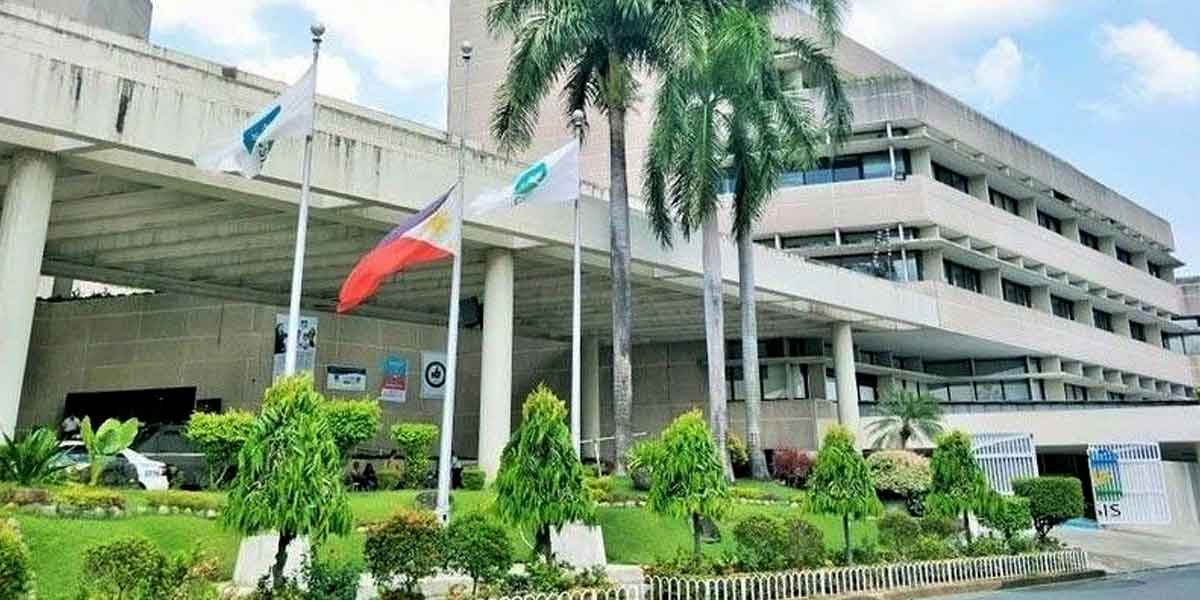The Negros Island Region (NIR) has seen a tumultuous path to reestablishment, reflecting a rollercoaster of political and economic shifts.
Its inception in 2015 under President Benigno Aquino III aimed to unify Negros Occidental and Negros Oriental into a single administrative region. The main aim was to foster integrated planning, disaster management, tourism promotion, and improved peace and order management under a one island setup.
The initial creation of the NIR was met with optimism, as it promised a more cohesive regional development strategy, as noted by the National Economic and Development Authority (NEDA) which affirmed the region’s economic viability.
However, this optimism was short-lived. In 2017, President Rodrigo Duterte dissolved the NIR via Executive Order No. 38, citing budgetary constraints.
The decision was heavily influenced by then Budget Secretary Benjamin Diokno, who projected that maintaining the NIR would cost ₱19 billion. The dissolution was a blow to many Negrenses who had hoped for more streamlined governance and better access to regional services.
Fast forward to 2024, President Ferdinand Marcos Jr. signed the NIR Act into law, officially reestablishing the region. This new administrative setup includes Negros Occidental, Negros Oriental, and Siquijor.
The NIR Act aims to unify the provinces under one administrative region, thereby enhancing service delivery and reducing bureaucratic red tape.
President Marcos emphasized that the union of these provinces would foster greater economic growth and improve the overall quality of life for the residents.
The economic implications of this change are profound. Previous studies and recent discussions highlight both positive and negative impacts. For Western Visayas, the separation of Negros Occidental could reduce the region’s economic performance by nearly 40%, a substantial hit given the province’s significant contributions to the regional economy.
The Philippines Statistics Authority (PSA) noted that Western Visayas was one of the fastest-growing regional economies in the country, with a total economic value of ₱1.024 trillion in 2023. The departure of Negros Occidental, a key economic player, could therefore pose challenges to the economic stability of Western Visayas.
Conversely, the newly established NIR is expected to attract more developmental investments, improve infrastructure, and create more job opportunities.
The integration of the provinces is seen as a way to boost the region’s spending power and eradicate poverty and insurgency.
Business leaders, like Frank Carbon of the Metro Bacolod Chamber of Commerce and Industry, have expressed optimism that the NIR will enhance investment opportunities and improve the overall economic landscape of the region.
The rebirth of the Negros Island Region represents a significant shift in regional governance with both opportunities and challenges.
While Western Visayas may face economic adjustments, the newly formed NIR holds the promise of more cohesive development, better service delivery, and enhanced economic growth for Negros Occidental, Negros Oriental, and Siquijor.
As the region navigates this transition, the hope is that the benefits of unity and improved administration will outweigh the initial disruptions.





















